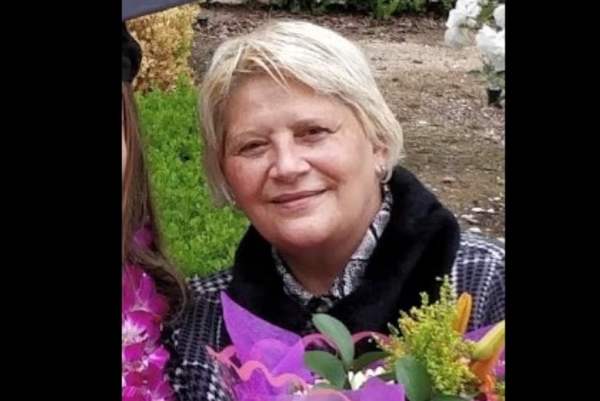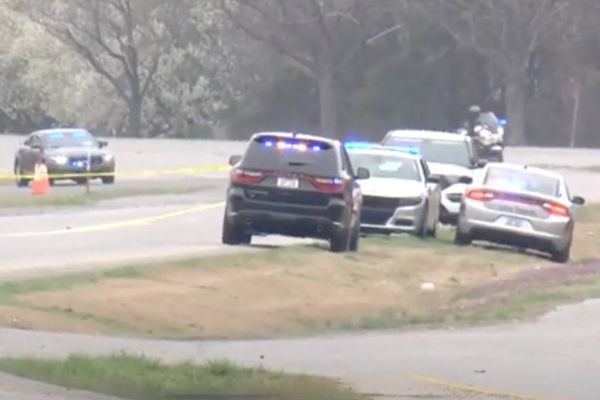At 13 years old, Cait Reid finds it hard to explain to other children why she cannot play with them.
Two years ago, after several broken bones and ongoing muscle pain, Cait was diagnosed with juvenile idiopathic arthritis.
It was a difficult transition for the teenager, going from being involved in several sports to being unable to stand for long periods without experiencing pain.
"When I realised that there's no cure for it and you can only manage it, it broke my heart because I want to do so many things," Cait said.
"But when I'm in pain, I can't even stand up without my head spinning."
Cait lives with her family on a farm between Nyngan and Brewarrina, in north-west New South Wales.
She said the condition made it difficult to do things she used to enjoy, such as helping out on the farm and feeding the chickens.
Cait also found it hard when she met other active kids "because I always have to sit it out".
"Sometimes I push myself and then, later on, I just can't move … afterwards, I just can't do anything," she said.
More awareness needed
A federal parliamentary committee recently called for submissions as part of an inquiry into childhood rheumatic diseases, including juvenile idiopathic arthritis.
A submission by Heather Reid, Cait's mother, called on the government to promote greater awareness of the condition in both the medical and general communities.
She said more needed to be done to improve diagnosis rates and access to medication.
"It's really important that children are diagnosed early if they have this, and have access to those medications that can interrupt the progression of the disease," Ms Reid said.
Cait's own symptoms became more prominent as she neared the end of primary school in years 5 and 6.
Ms Reid said she had been growing concerned that Cait was falling over a lot and experiencing a lot of pain.
"She was really active, she played basketball and netball, did gymnastics, loved parkour, and here she was, all of a sudden, not able to coordinate herself," she said.
Social media prompts diagnosis
It was a post on social media, raising awareness for juvenile arthritis, that finally led Cait's family to a doctor who could diagnose her condition.
"It took me a couple of days to get around that and then we went to the GP and asked for a referral to a specialist."
Cait said it took a "really long time for us to get to the right doctors to diagnose me" and was confused when doctors first brought up arthritis.
"When you think of arthritis, you think of crippled hands and old people, so I was definitely very, very confused by it," she said.
Hopes for more funding
Ms Reid hoped increased awareness would lead to more funding for paediatric rheumatologists and other medical staff, especially in regional areas.
Cait also hoped to see more awareness and understanding of the condition in the coming years.
"It's so hard to get people to understand it."







